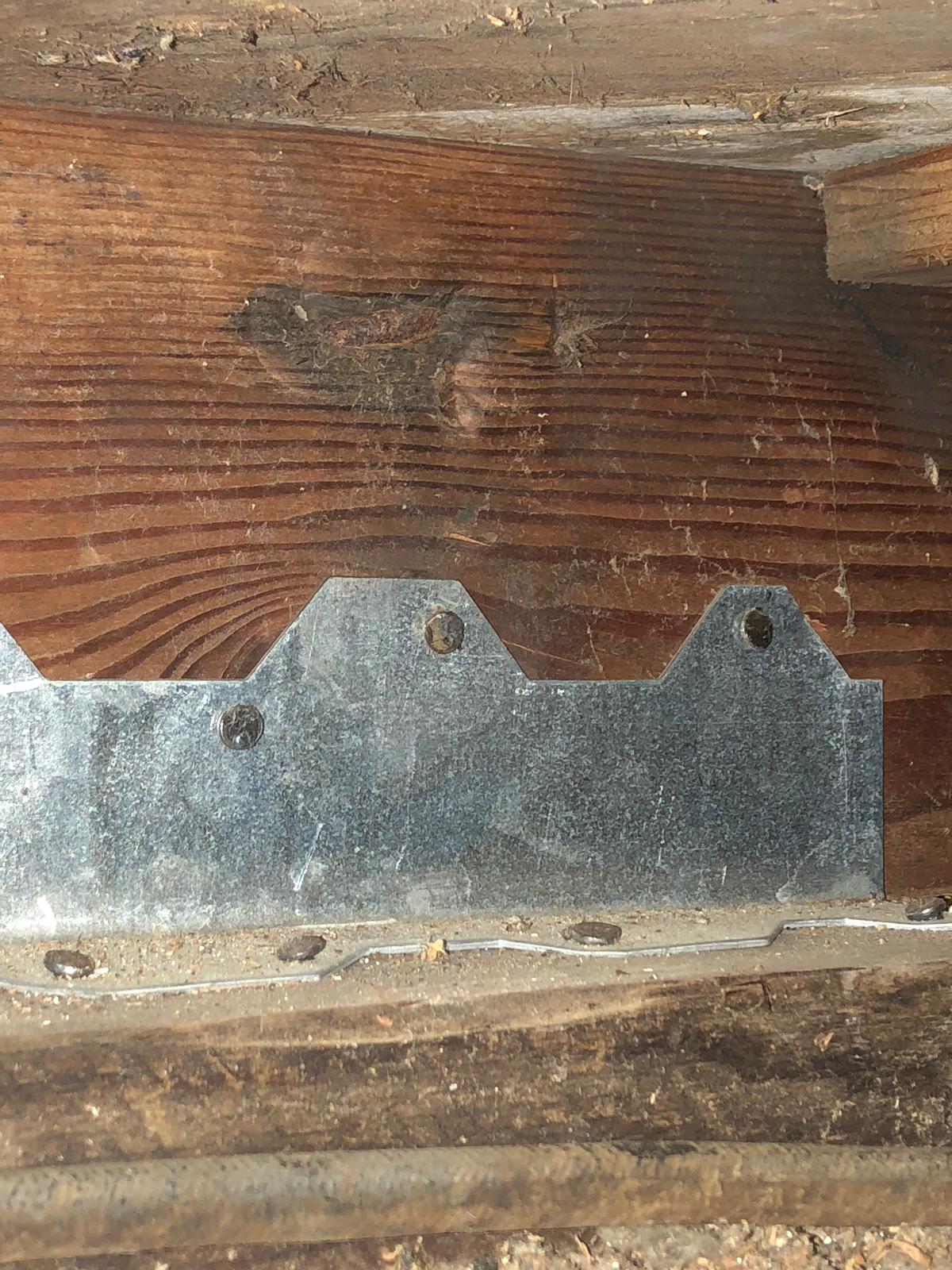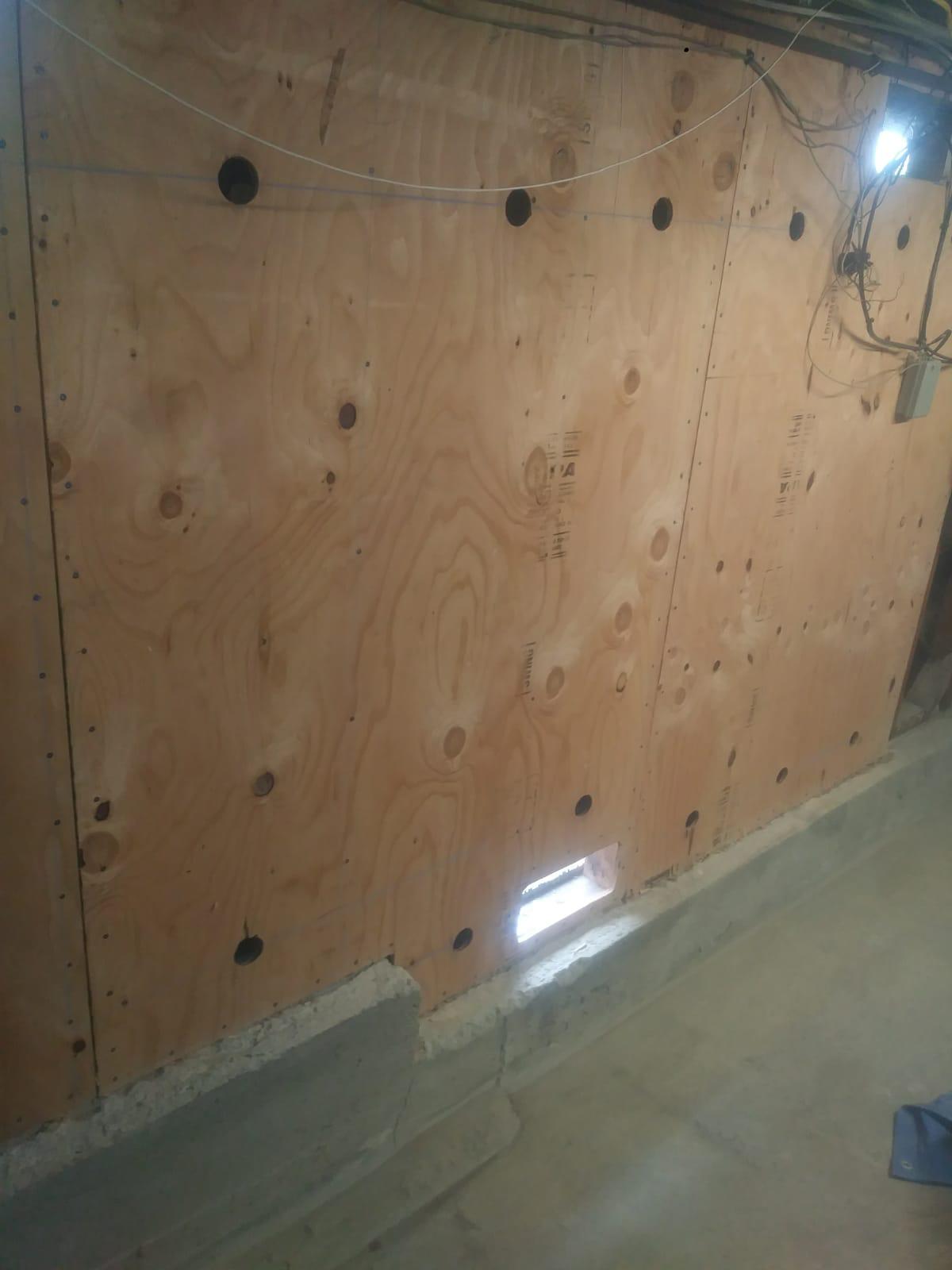Seismic Retrofitting
Thinking of getting earthquake insurance? Give some serious thought to seismic retrofitting. Don’t just insure your home against earthquake. Retrofit it so you can prevent major earthquake damage.
SEISMIC RETROFITTING strengthens your foundation so your home is better equipped to withstand the violent shaking of an earthquake. This can mean significant savings on earthquake damage repair costs. More importantly, seismic retrofitting will give you peace of mind because you’ll know your home can keep your family safe and secure against the next earthquake.
WHY RETROFIT YOUR HOME?
Nothing should be more important to you than the safety and well-being of your family and seismic retrofitting can give you this assurance. This alone is sufficient reason for a seismic retrofit.
But there are other equally compelling reasons to retrofit your home:
Seismic retrofitting drastically improves your home’s chances of surviving an earthquake.
Why risk major earthquake damage when you can avoid it? A study on earthquake retrofitting by the Association of Bay Area Governments shows that an optimally retrofitted home can be exponentially more resistant to earthquake damage than a house that has no such modifications.
It is cheaper to have seismic retrofitting done then to have your home repaired after it has been ravaged by an earthquake.
Seismic retrofitting can spell the difference between a $5,000 and a $260,000 post-earthquake repair bill.
Seismic retrofitting may actually lead to reduced insurance premiums. Insurance underwriters assess various risk factors to calculate insurance premiums. Since the risk of earthquake damage is correlated to reduced earthquake damage risks, seismic retrofitting this is why it can result in reduced insurance premiums.
SEISMIC RETROFIT: USUAL PROCEDURE
Seismic retrofitting usually involves foundation bolting, cripple wall bracing and attaching the floor framing to the cripple wall.
FOUNDATION BOLTING
Foundation bolting ties the wood framing members of a building to its concrete foundation. If the mudsill is not connected to the foundation, the entire house could slide off its foundation during an earthquake.
This procedure usually involves bolting the mudsill to the stem wall, usually by using 5/8” diameter anchor bolts embedder at a minimum of 7”. If there is no access to bolt the mudsill vertically, alternative methods can be used such as the placement of universal foundation plates.
Foundation bolting also reinforces the strength of existing connections. From the countless foundation inspections we have conducted, we know that insufficient connections between the home’s wood framing and its concrete foundation are a common problem. Sometimes, existing bolts are a few and far between. Other times, The bolts are so several rusted they are practically useless as connectors.
Cripple wall Bracing
Most older houses have a short wood-framed wall in the crawl space. This is the cripple wall. It may be anywhere from a few inches to several feet in height, extending from the top of the concrete foundation stem wall to the bottom of the floor joists.
The cripple wall carries an enormous amount of load and, in an earthquake, it bears the brunt of the earth’s tremors. If you live in an old house, neglecting to reinforce the cripple wall puts yourself and your family at rick. In older houses, the cripple wall is usually the weakest part of the structure, and cripple wall collapse was actually one of the main causes of building failure in the1989 Loma Prieta earthquake.
Cripple wall bracing is the application of structural-grade plywood to the cripple wall. This strengthens and reinforces the cripple wall so that it will not collapse easily during an earthquake.
In cripple wall bracing, city-engineered 1/2” structural-grade 5-ply APA rater plywood sheathing is custom cut with ventilation holes, covered with galvanized wire mesh screens and securely nailed to the cripple wall framing according to structural nailing schedules. For the bracing of cripple walls which are greater than 4 feet in height, the services of structural engineer are required by City Building Department and Safety.
The Base Shear Formula
Engineers use the “base shear formula” to calculate the earthquake force at the base of a building—the Base Shear. There are actually a few different formulas used to calculate the base shear. Which formula you choose depends on the shape and height of your building and how it is built. The formulas are given in the building codes. Some are too complicated to use for small buildings.
Each formula used determines the earthquake force as a fraction of the building’s weight. The base shear, or earthquake force, is given by the symbol V. The weight of the building is given as the symbol W. In general, the base shear formula looks like this:
Base Shear = (some adjustment factors) multiplied by (Weight of Building)
The adjustment factors depend on many things, like how tall the building is, what soil it is built on, how close it is to an earthquake fault, how important it is, how many people it can hold, what materials will be used to build it, and others. The weight of the building includes the structure itself plus permanent equipment and partitions, and in some cases a portion of stored items in the building or snow on the roof, or both.
For houses with plywood shear walls the base shear depends mostly on whether the site is on rock, how close it is to an earthquake fault, and how many stories it has. For most of the San Francisco Bay Area, the base shear works out to be:
The base shear will be less for light-weight buildings. Buildings with wood siding, gypsum-board interior finishes, and shingle roofs are “light-weight.” Stucco, plaster, and tile roofs are “heavy”. Calculating the weight of the building can be very tedious; because we cannot accurately predict how strong an earthquake will shake the ground, it is not really worth trying to figure the building weight very precisely. In general, building weights vary as follows:





